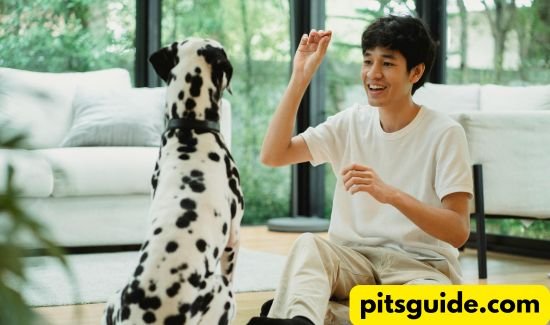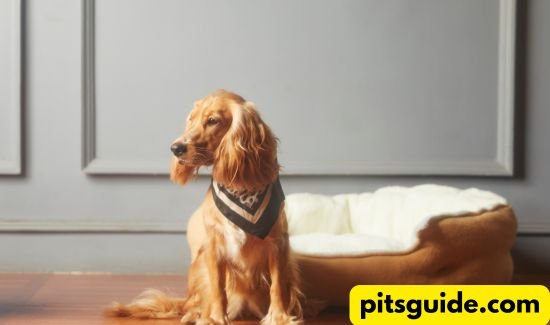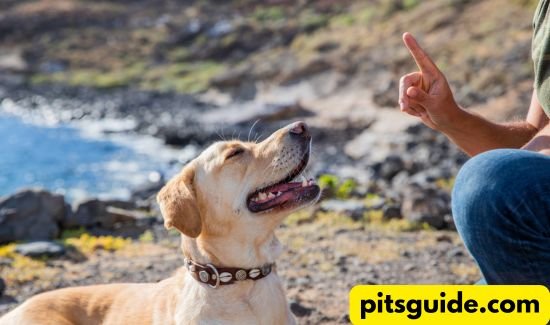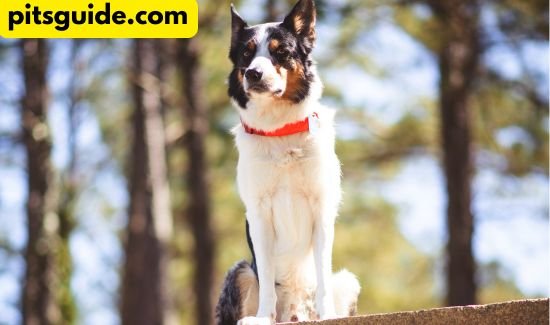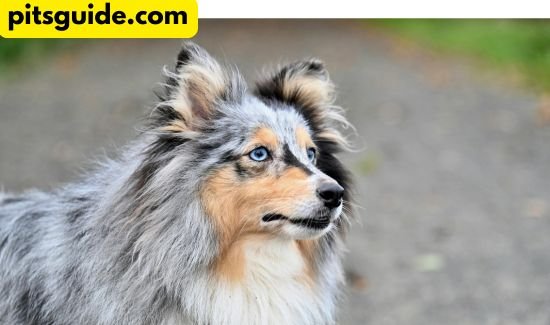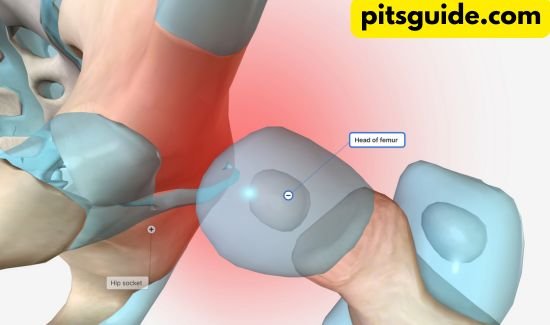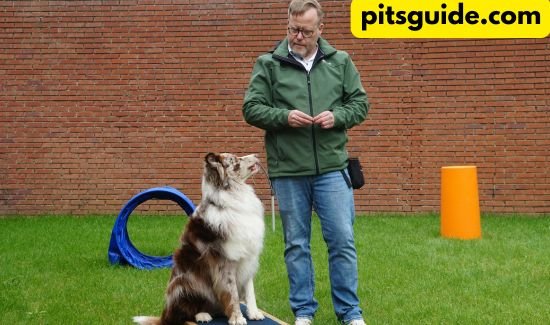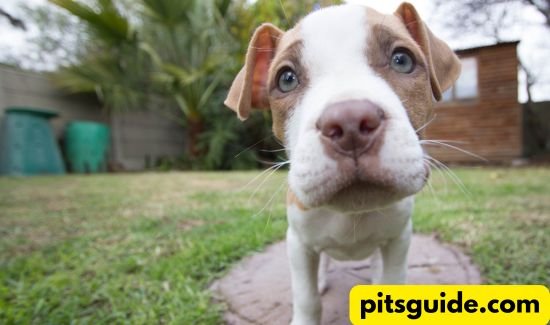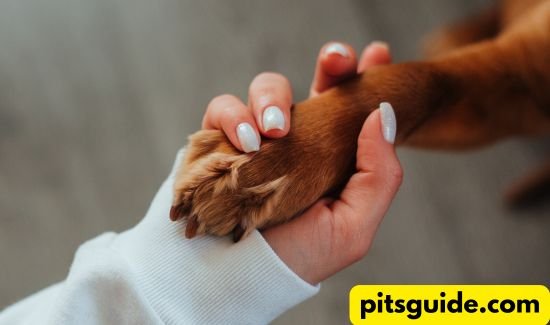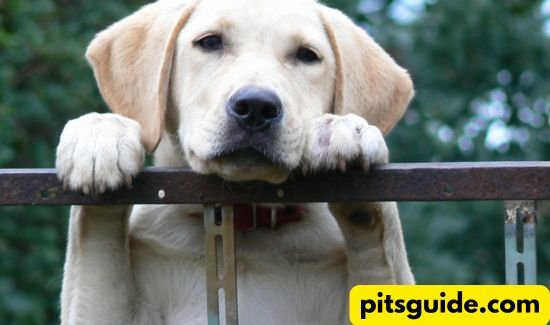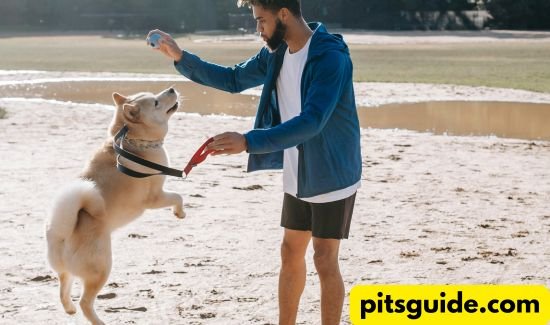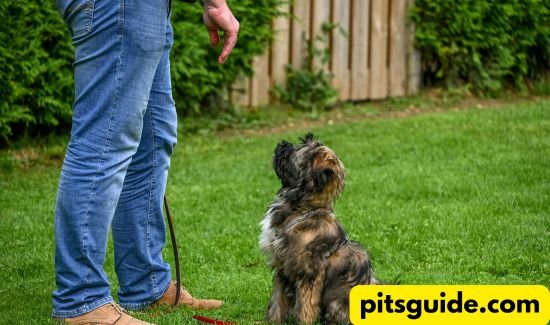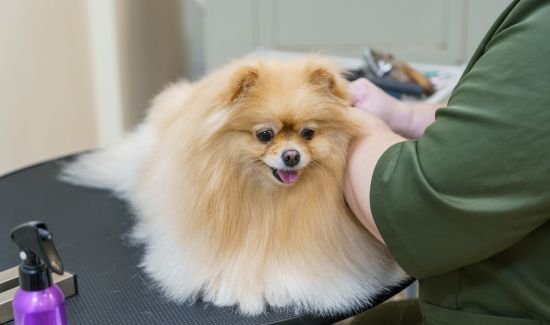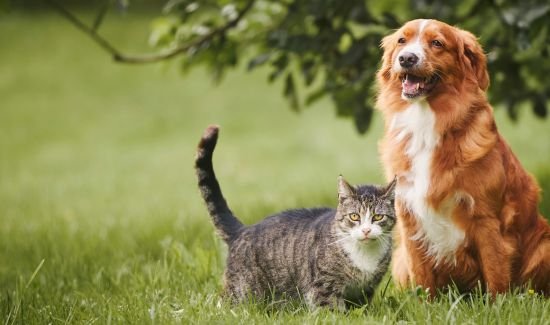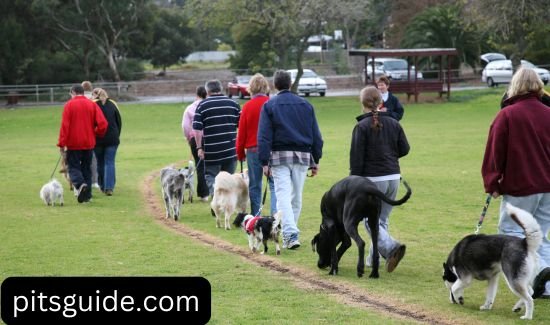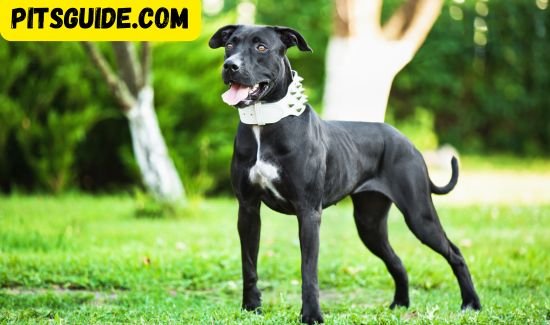Table of Contents
- Introduction
- The Power of Unthinkable Pet Training Techniques
- Transforming Pet Behavior Through Innovation
- Key Takeaways
- Innovative Training Methods
- Benefits of Positive Reinforcement and Interactive Games
- Advanced Techniques: Food and Toy Lures
- The Role of Passive Alert Training in Pet Communication
- Understanding the Psychology Behind Pet Training
- Building Self-Control and Patience
- Trust Through Consistency
- Moving Beyond Traditional Training Paradigms
- Revolutionary Food-Based Training Approaches
- Incorporating Treats for Effective Learning
- Nutrition’s Role in Training Success
- Adjusting Treats and Locations for Better Results
- The Science of Luring Techniques
- Food and Toy Lures: Benefits and Considerations
- When to Transition from Visible Lures
- Preventing Dependency in Training
- Shaping Behaviors Without Lures
- The Role of Shaping in Pet Training
- Capturing Naturally Occurring Behaviors
- Mastering Passive Alert Training
- Prerequisites for Success
- Extending Duration and Managing Distance
- Advanced Alert Techniques for Enhanced Learning
- Breaking Dependency on Visible Rewards
- Transitioning from Treats to Empty Hand Signals
- Building Self-Motivation and Discipline
- Innovative Behavioral Modification Techniques
- Timing and Reinforcement in Training
- Achieving Enduring Behavioral Changes
- Advanced Scent Work and Intelligence Training
- Scent Training: Enhancing Dogs’ Natural Abilities
- Benefits of Scent Work for Bonding and Cognitive Growth
- Environmental Training
- Adapting Training Across Locations
- Overcoming Environmental Distractions
- Conclusion
- Unlocking the Full Potential of Modern Pet Training
- The Importance of Patience, Consistency, and Innovation
- FAQs
- Self-Control Training
- Food-Based Training for Commands
- Avoiding Dependency on Visible Rewards
- Effective Luring and Behavioral Modification
- Generalizing Skills Through Environmental Training
Unthinkable Pet Training Tips That Actually Work
The behavior and learning of pets has always piqued my curiosity. I’ve tried many ways to make my pets better, from common to weird methods. But then, I found a new way that really changed things.
In this article, we’ll look at new training methods that are different but work well. You’ll learn about controlling pets around food, using tricks, and more. Get ready to see how these tips can change your pet’s behavior.
Key Takeaways
- Discover innovative training methods that focus on building self-control and trust
- Learn how to leverage positive reinforcement and interactive games to enhance the training experience
- Explore advanced luring techniques and understand when to use food or toy-based cues
- Dive into the world of passive alert training and expand your pet’s communication abilities
- Gain insights from an experienced, force-free dog trainer with over 20 years of expertise
Understanding the Psychology Behind Pet Self-Control Training
Teaching pets self-control is more than just saying “leave it.” It’s about teaching patience and building trust. This method focuses on what the pet does, not just what you say.
The Role of Patience in Training Success
Training pets well needs lots of patience from both sides. The method of waiting for the pet to act on their own is called auto training. It might take a while, but it’s worth it.
Operant learning says that actions without rewards get weaker. But actions with rewards get stronger. Timing rewards right is key in this training. Using a click or a “Yes!” can help without stopping the pet.
Building Trust Through Consistent Methods
Self-control training builds trust between pets and their owners. It uses the same methods all the time. This makes pets feel safe and learn better.
It’s great for simple commands like “come” and “sit.” It also helps with more complex tasks like housebreaking.
Breaking Traditional Training Paradigms
Old training ways often use loud commands or physical force. Self-control training is different. It focuses on the pet’s feelings and building a strong bond.
This makes pets happier and better behaved. It helps with issues like jumping and pulling on the leash.
Adding strength training, endurance techniques, and recovery strategies to self-control training helps. It teaches pets proper form and changes their behavior for good.
Revolutionary Approach to Food-Based Training
Food-based training is a new way to teach pets. It uses treats to help pets learn good behaviors. This makes learning fun and rewarding for them.
It’s important to change where and what treats are used. This stops pets from linking certain foods or places with behaviors. It helps pets learn better and can even save lives.
Good nutrition guidance is key to health. It affects how genes work, inflammation, and how cells repair. Food-based training helps pets learn and stay healthy.
CookUnity offers meals for companies and health groups. They have meals all over the country. They also have meals that fit special macronutrient requirements.
CookUnity wants to change how we care for pets. They focus on preventive care and healthy meals. This new way of training pets is good for their health and well-being.
The Science of Luring: Advanced Techniques for Pet Training
Luring is a key tool in pet training. It helps owners and trainers teach pets new things. They use treats or toys to guide pets into doing certain actions.
These actions can be simple like sitting or more complex like spinning. It’s a great way to teach pets many skills.
Different Types of Luring Methods
Most often, treats are used to lure pets. But toys can also work well. A favorite toy or a new one can make pets want to do what you want.
It’s important to stop using the lure soon. This way, pets don’t always need to see the reward to do what you want.
When to Use Food vs. Toy Lures
Choosing between treats and toys depends on the pet and what you’re teaching. Treats might work best for simple commands. They’re a big motivator for many pets.
Toys are better for harder tricks or pets that don’t like treats as much. They can make pets more excited to learn.
Preventing Lure Dependency
One big challenge is making sure pets don’t always need the lure. Trainers must slowly take away the lure. They should use only verbal cues or hand signals.
This takes patience and careful timing. Pets need to feel sure and comfortable with the action before the lure goes away.
Luring is a great tool in training pets, but it needs to be used carefully. It’s especially important for nervous pets. Knowing how to use luring right helps pets learn many things. It also strengthens the bond between pet and trainer.
| Luring Method | Suitable for | Considerations |
| Food Lure | Basic commands, tricks | Effective motivator, risk of dependency |
| Toy Lure | Complex behaviors, less food-motivated pets | Can be more engaging, still requires fading |
Training Tips That Challenge Convention
In pet training, there’s lots of old ways and methods that work. But some trainers are trying new things. These new tips might seem strange, but they can really help.
Shaping Behaviors Without Lures
Lures are often used in training. They help animals learn new things. But, what if you could teach without lures?
This method is called “shaping.” It breaks down big behaviors into small steps. You reward each small step. This helps pets learn to solve problems and understand what you want.
Capturing Naturally Occurring Behaviors
Another new way is to catch behaviors pets already do. Watch what your pet likes to do and reward it. This works well for things like sitting or looking at you.
These new ways need patience and timing. But, they can make a big difference. Pets learn more and bond better with their owners. So, try these new methods to see great results.
Unconventional training techniques can help pets develop problem-solving abilities and be more successful for specific habits.
Mastering the Art of Passive Alert Training
Passive alert training teaches pets to do something good when they smell something. It makes them better at sports performance, endurance training, and fat loss. To get good at it, you need to know a few things.
Prerequisites for Successful Alert Training
First, your pet needs to know how to sniff and find smells. You must teach them to like finding certain smells. This is the first step to learning more.
Building Duration and Distance
After they learn to sniff, teach them to stay focused longer. Make them wait and sniff further. This helps them get better at coaching techniques.
Advanced Alert Techniques
The last step is teaching them to wait for your signal. This shows they can control themselves. It also makes them better at sports performance and fat loss.
Keep your pet happy and not too tired. Learning passive alert training makes you and your pet closer.It’s a fantastic approach for you two to become closer.
Breaking the Dependency on Visible Rewards
In the world of fitness, we often forget about visible rewards. As coaches, we need to avoid this trap. We should move from using treats to empty hand signals.
This change helps prevent athletes from needing rewards all the time. It’s a simple yet powerful method.
Begin by pretending to have a treat. Then, change the hand signal slowly. This makes your athlete learn to follow a simple gesture without treats.
It teaches them to value their actions more than rewards. This way, they learn to do things for themselves, not just for treats.
This method helps athletes understand their own strength and motivation. It leads to lasting progress and self-confidence. The goal is to help them excel for a long time, not just now.
“What really sets a champion apart is not the drive to perform better than others, but rather the commitment to go above and beyond your own expectations.. – Unknown
As a coach, you guide athletes to reach their best. By not relying on visible rewards, you help them reach their full potential. This approach builds mental strength and discipline for lasting success.
The path to athletic greatness is about more than just physical skill. It’s also about having a strong mind. By using this method, you empower athletes to be true champions, both in sports and life.
Innovative Approaches to Behavioral Modification
Effective behavioral modification needs the right timing for rewards. This method rewards pets when their nose hits the target smell. It stops all action if they move away. This teaches pets to stay with the smell, even when distracted.
Understanding Timing and Reinforcement
Timing and reinforcement are key for good behavior change. Rewarding pets the moment they find the smell helps them learn. Stopping action when they leave the smell helps get rid of bad behaviors.
Creating Lasting Behavioral Changes
Building endurance and mastering skills are key for lasting changes. Regular training with different rewards helps pets control themselves. This method changes specific behaviors and helps pets make better choices.
| Behavioral Modification Technique | Description | Effectiveness |
| Positive Reinforcement | Encouraging positive behaviors to make them more likely to happen again | Highly effective in promoting long-term behavior change |
| Negative Reinforcement | Removing an unpleasant input to increase the likelihood of a behavior | Can be effective but requires careful implementation to avoid unintended consequences |
| Extinction | Removing the reinforcement for an undesirable behavior to decrease its occurrence | Effective in reducing or eliminating specific behaviors, but may require patience and consistency |
Innovative methods in behavioral modification help pets learn lasting skills. They teach pets to control themselves, making for better relationships. Using the right timing and rewards leads to big changes in pet training.
Advanced Scent Work and Intelligence Training
Dogs have a super sense of smell. Advanced scent work training makes their bond with owners stronger. It uses their natural hunting skills and problem-solving to unlock new abilities.
This training teaches dogs to find specific smells. It makes them better at solving complex problems. Dogs learn to focus and ignore distractions, showing their amazing skills.
- Nose Work training is great for all dogs, no matter their breed or age. It uses their natural smell.
- It keeps dogs’ minds sharp, lowers anxiety, and strengthens the bond between dog and owner. It also builds confidence and gives them physical exercise.
- One of the best scent work instructors is Steve Bettcher. He has more than ten years of expertise and numerous qualifications.
| Dog Name | Scent Work Achievements |
| Buddy (Beagle) | NACSW K9 Nose Work® and AKC Scent Work have several titles. |
| Bobby (Havanese) | NACSW K9 Nose Work® and AKC Scent Work titles |
Dogs can smell up to 10,000 to 100,000 times better than humans. They use this skill to find cancer cells early. Scent work training makes them better at focusing and solving problems.
“Dog scent training is regarded as a more complex course that frequently calls for prior training knowledge. Familiarizing the dog with the target scent and introducing discrimination training are crucial first steps in this rewarding journey.”
Mastering scent work opens a new world for dogs and their owners. It shows how smart dogs are.It strengthens and deepens their relationship.
Environmental Training: Beyond the Basics
Learning to train pets is more than just a classroom. It’s about taking them outside. Here, pet owners and trainers face many challenges.
Adapting Training to Different Locations
Training pets in different places is key. It helps them learn in many settings. This makes them more flexible and strengthens the bond with their owners.
Managing Environmental Distractions
Pets face many distractions outside. Learning to handle these distractions is important. It keeps pets safe and in control.
By focusing on environmental training, pet owners can improve their pets’ skills. This approach also deepens the bond between pet and owner.
| Webinar | Education Contact Hours | Subscriber Price | Non-Subscriber Price |
| 2025 ACGIH Learning Pass | Over 25 | $279 | $499 |
| 2024 ACGIH Learning Pass | Over 25 | $275 | $495 |
An excellent opportunity to learn more is the “Train-the-Trainer: Beyond the Basics” course. It’s on April 12 and 19, 2023. Karin S. Wasler will lead it, offering insights and strategies for training in different places.
“Effective environmental training is the key to unlocking your pet’s full potential. By embracing the diversity of locations and managing distractions, you can build a resilient companion who thrives in any setting.”
– Scott Wilson, REGENESIS’s president and CEO
Conclusion
As we finish this guide on pet training tips, we see that success comes from using new methods. These methods focus on the pet’s mind, trust, and love for learning. By learning about food training, luring, and changing behavior, owners can help their pets grow and change for good.
This article shows new ways to train pets that go beyond old methods. It talks about using calm training, training in the environment, and scent work. These methods help pets and owners bond more and make pets smarter and braver. This makes training more fun and rewarding for everyone.
It’s important to be patient and consistent when trying these new training ways. Every pet is different, so owners need to find what works best for them. This makes training a special and rewarding journey for both pets and their owners.
FAQ
What are the key elements of self-control training for pets?
Self-control training teaches pets to wait before taking food or objects. It uses patience and trust instead of just saying “leave it.” Start with low-value treats and make things harder little by little.
How can food-based training be effective for teaching basic commands?
Food-based training uses treats to teach pets to do things like “sit” and “down.” Change where and what treats you use to keep it interesting. This method can even save lives by stopping pets from eating dropped meds.
What are the different types of luring methods for pet training?
Luring uses rewards to teach pets new things. You can use food or toys. But, stop using the lure quickly to avoid making pets too dependent.
Only use luring with pets that are calm and confident. It’s not good for pets that get nervous easily.
What are the prerequisites for successful passive alert training?
For passive alert training, pets need to be good at hunting and recognizing smells. You’ll teach them to focus and ignore distractions. Keep their love for hunting strong during training.
How can pet owners avoid dependency on visible rewards during training?
To avoid dependency, stop using food lures quickly. Start by pretending to have a treat, then change your hand signal. This way, pets learn to follow your hand without seeing food.
What are the key elements of effective behavioral modification in pet training?
Good behavioral modification uses rewards at the right time. Reward pets when they find the smell and stop when they leave it. This teaches them to stay focused on the smell, even when distracted.
How can environmental training help generalize a pet’s skills?
Environmental training teaches pets to do things in different places. It makes their skills more flexible. Start with simple places and add more challenges slowly.

